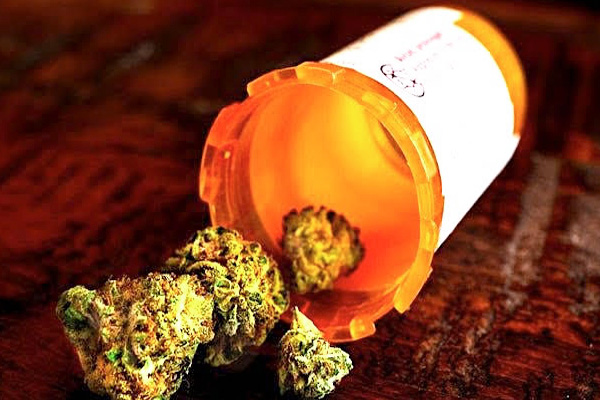TIME TO FREE ALL POT DEALERS –
Dec. 2020 – In the 1960s, I was the first federal drug agent to arrest a student on a college campus for sale of marijuana. In the 1970s and ‘80s, as head of the Drug Enforcement Administration’s New England office, I supervised the seizure of hundreds of tons of marijuana. In the ‘80s and ‘90s, leading the New York field office, I spearheaded the agency’s battle against crack. Since then, I have educated schools, physicians and others on substance abuse addiction and prevention. In terms of marijuana, the political landscape has changed drastically. The U.S. House of Representatives voted on Dec. 4, largely along party lines, to legalize marijuana under federal law. A few days earlier, the United Nations took the same stand. In the November elections, four states passed marijuana legalization measures, bringing the total number of states with legal marijuana use for adults to 15. Medical marijuana is now legal in 36 states. But marijuana is still listed as a Schedule I drug under the Controlled Substances Act of 1971. That places it in the same class as heroin, cocaine and methamphetamines because, the DEA maintains, it has “no currently accepted medical use.” Whatever the states say, marijuana users remain criminals under federal law.



